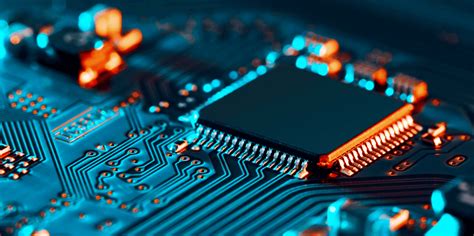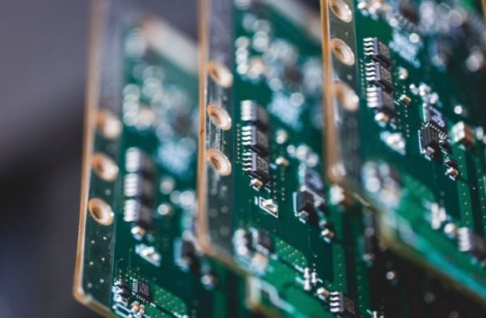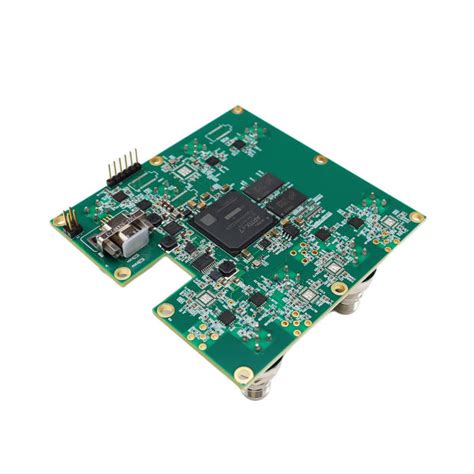Signal Integrity Issues Caused by Poor PCB Design
Introduction
Signal integrity (SI) is a critical aspect of printed circuit board (PCB) design that ensures reliable data transmission between components. Poor PCB design can lead to various signal integrity problems, such as reflections, crosstalk, ground bounce, and electromagnetic interference (EMI). These issues can degrade system performance, cause data errors, and even lead to complete circuit failure. This article explores common signal integrity problems caused by inadequate PCB design and provides guidelines to mitigate them.
1. Reflections and Impedance Mismatch
1.1 Causes of Reflections
Reflections occur when a signal encounters an impedance mismatch along its transmission path. This can happen due to:
- Improper trace width and spacing: Incorrectly designed transmission lines (e.g., microstrips or striplines) can lead to impedance discontinuities.
- Unterminated or poorly terminated traces: Missing or incorrect termination resistors (e.g., series, parallel, or AC termination) cause signal reflections.
- Vias and stubs: High-speed signals passing through vias or stubs can introduce impedance variations.
1.2 Effects of Reflections
- Overshoot/Undershoot: Excessive voltage spikes or drops can damage components.
- Ringback: Signal oscillations can lead to false triggering in digital circuits.
- Timing errors: Delayed signal transitions may violate setup/hold times in synchronous systems.
1.3 Mitigation Techniques
- Use controlled impedance routing with proper trace geometry.
- Apply appropriate termination schemes (e.g., series termination for point-to-point connections).
- Minimize via stubs and use back-drilling for high-speed signals.
2. Crosstalk
2.1 Causes of Crosstalk
Crosstalk occurs when signals from one trace interfere with adjacent traces due to:
- Insufficient spacing: Parallel traces running too close to each other.
- Long parallel runs: Extended coupling length increases inductive and capacitive coupling.
- Poor layer stacking: Incorrect placement of signal and ground layers.
2.2 Effects of Crosstalk
- Signal distortion: Induced noise can corrupt data signals.
- False triggering: Glitches may cause unintended logic transitions.
- Reduced noise margins: Increased susceptibility to external interference.
2.3 Mitigation Techniques
- Follow the 3W rule (keep trace spacing at least three times the trace width).
- Use differential signaling for noise immunity.
- Implement proper layer stacking with ground planes between high-speed signals.

3. Ground Bounce and Power Integrity Issues
3.1 Causes of Ground Bounce
Ground bounce (also called simultaneous switching noise, SSN) occurs when multiple ICs switch simultaneously, causing fluctuations in the ground reference due to:
- High inductance in power/ground paths: Thin traces or inadequate via connections.
- Poor decoupling capacitor placement: Insufficient or improperly placed bypass capacitors.
- Inadequate power plane design: Insufficient copper pour or split planes.
3.2 Effects of Ground Bounce
- Logic errors: False state changes due to shifting ground levels.
- Increased EMI: Radiated noise from power supply fluctuations.
- Reduced signal integrity: Degraded signal quality in high-speed interfaces.
3.3 Mitigation Techniques
- Use low-inductance power distribution networks (PDNs).
- Place decoupling capacitors close to IC power pins.
- Implement solid ground planes and minimize splits.
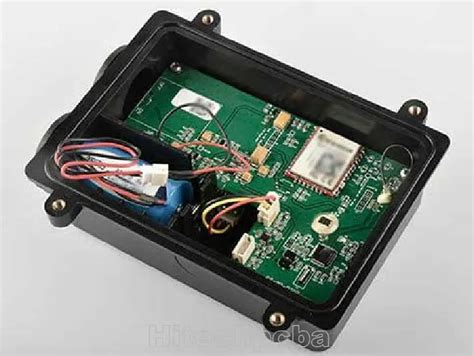
4. Electromagnetic Interference (EMI)
4.1 Causes of EMI
EMI arises from poorly designed PCBs due to:
- High-frequency signal loops: Large current return paths increase radiation.
- Improper shielding: Lack of shielding for sensitive components.
- Uncontrolled return paths: Discontinuous ground planes force return currents to take longer routes.
4.2 Effects of EMI
- Regulatory compliance failures: Excessive emissions may violate FCC/CE standards.
- Signal degradation: Noise coupling into sensitive analog or RF circuits.
- System malfunctions: Interference with wireless communication modules.
4.3 Mitigation Techniques
- Use proper grounding techniques (star grounding for mixed-signal designs).
- Implement shielding cans for RF circuits.
- Follow good PCB layout practices (minimizing loop areas).
5. Poor Return Path Design
5.1 Causes of Return Path Issues
Signal return currents take the path of least inductance, which can cause problems when:
- Ground planes are split: Return currents must detour, increasing loop area.
- High-speed signals change layers without nearby return vias.
- Mixed-signal designs lack proper isolation between analog and digital grounds.
5.2 Effects of Poor Return Paths
- Increased EMI: Larger loop areas radiate more noise.
- Signal integrity degradation: Uncontrolled return paths introduce noise.
- Cross-coupling between circuits: Digital noise affecting analog signals.
5.3 Mitigation Techniques
- Ensure continuous ground planes beneath high-speed traces.
- Use stitching capacitors when signals transition between layers.
- Implement proper grounding strategies (e.g., partitioned ground planes for mixed-signal designs).
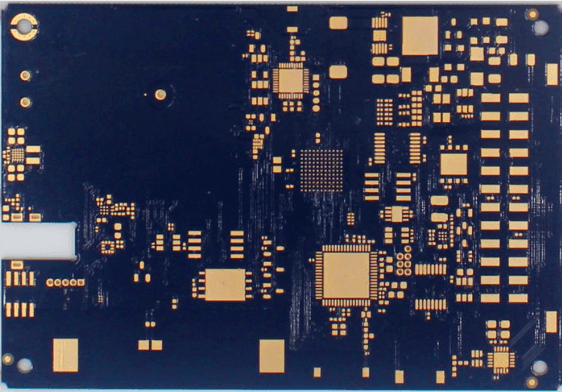
6. Via-Induced Signal Degradation
6.1 Causes of Via-Related Issues
Vias can introduce signal integrity problems due to:
- Stub effects: Unused via portions act as stubs, causing reflections.
- Impedance discontinuities: Changes in trace geometry at via transitions.
- Parasitic inductance/capacitance: High-frequency signals are affected by via characteristics.
6.2 Effects of Via Problems
- Signal attenuation: Losses at high frequencies.
- Timing skew: Unequal delays in differential pairs.
- Resonance effects: Standing waves at certain frequencies.
6.3 Mitigation Techniques
- Use blind/buried vias to minimize stubs.
- Optimize via aspect ratio (diameter vs. depth).
- Apply via stitching for better return paths.
7. Poor High-Speed Signal Routing
7.1 Common High-Speed Routing Mistakes
- Ignoring length matching: Skew in differential pairs causes signal misalignment.
- Sharp bends: 90-degree turns can cause impedance variations.
- Inadequate isolation: High-speed signals routed near noisy components.
7.2 Impact on Signal Integrity
- Jitter and skew: Timing errors in clock and data signals.
- Increased bit error rate (BER): Degraded signal quality in high-speed links.
- Reduced eye diagram margin: Smaller opening in serial data eyes.
7.3 Best Practices for High-Speed Routing
- Use length-matching techniques (serpentine routing for delay compensation).
- Follow smooth bend rules (45-degree or curved traces).
- Maintain proper spacing from noisy signals (e.g., switching power supplies).
Conclusion
Poor PCB design is a major contributor to signal integrity problems, leading to degraded performance, increased EMI, and potential system failures. By understanding the root causes of reflections, crosstalk, ground bounce, EMI, and via-related issues, designers can implement best practices such as controlled impedance routing, proper termination, solid ground planes, and optimized high-speed routing. Following these guidelines ensures robust PCB designs that maintain signal integrity and meet performance requirements in modern electronic systems.
By addressing these challenges early in the design phase, engineers can avoid costly redesigns and ensure reliable operation in high-speed digital and mixed-signal applications.


